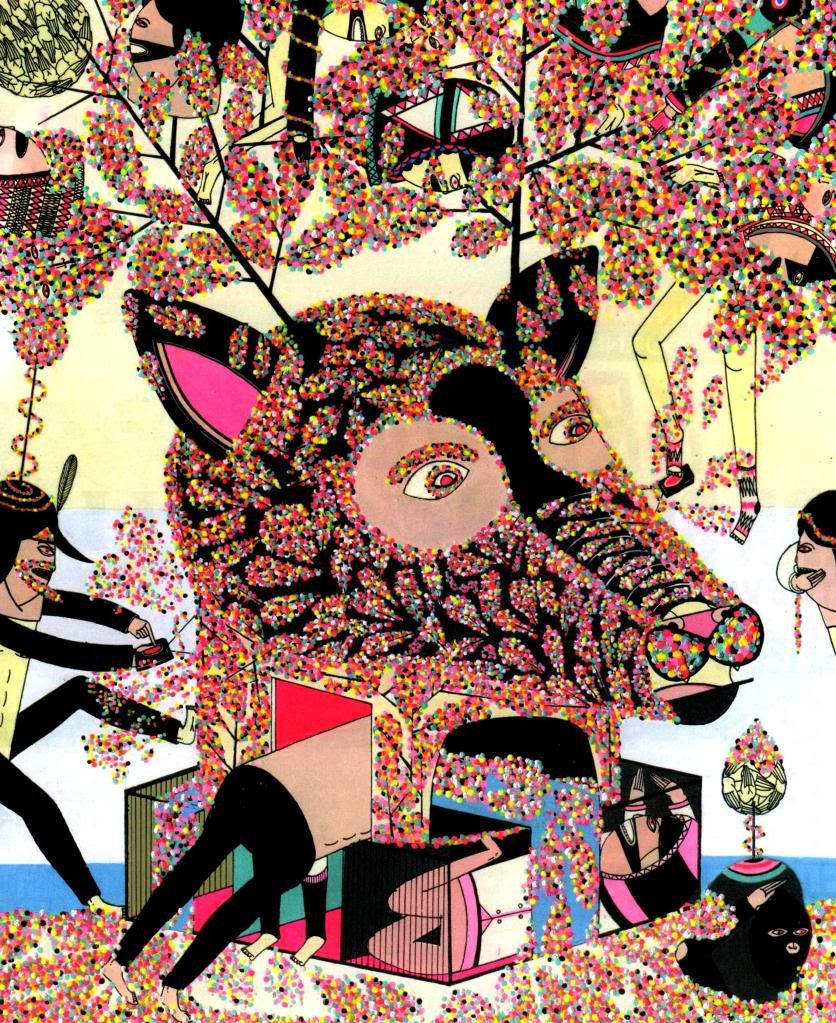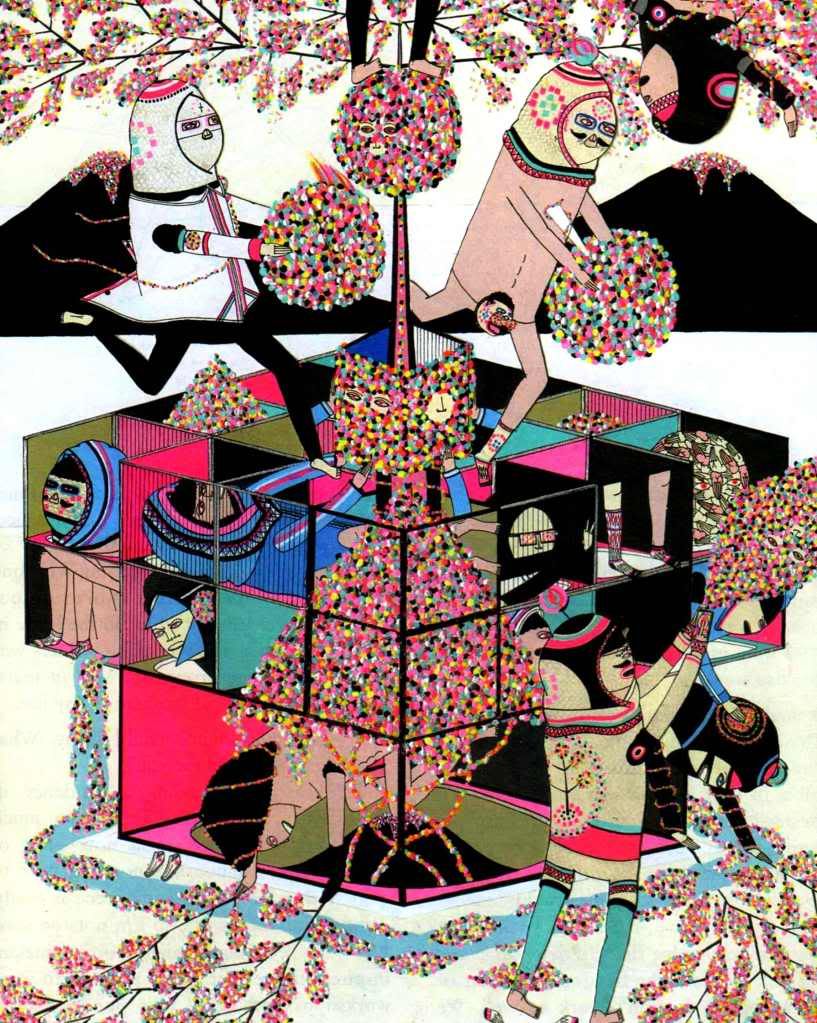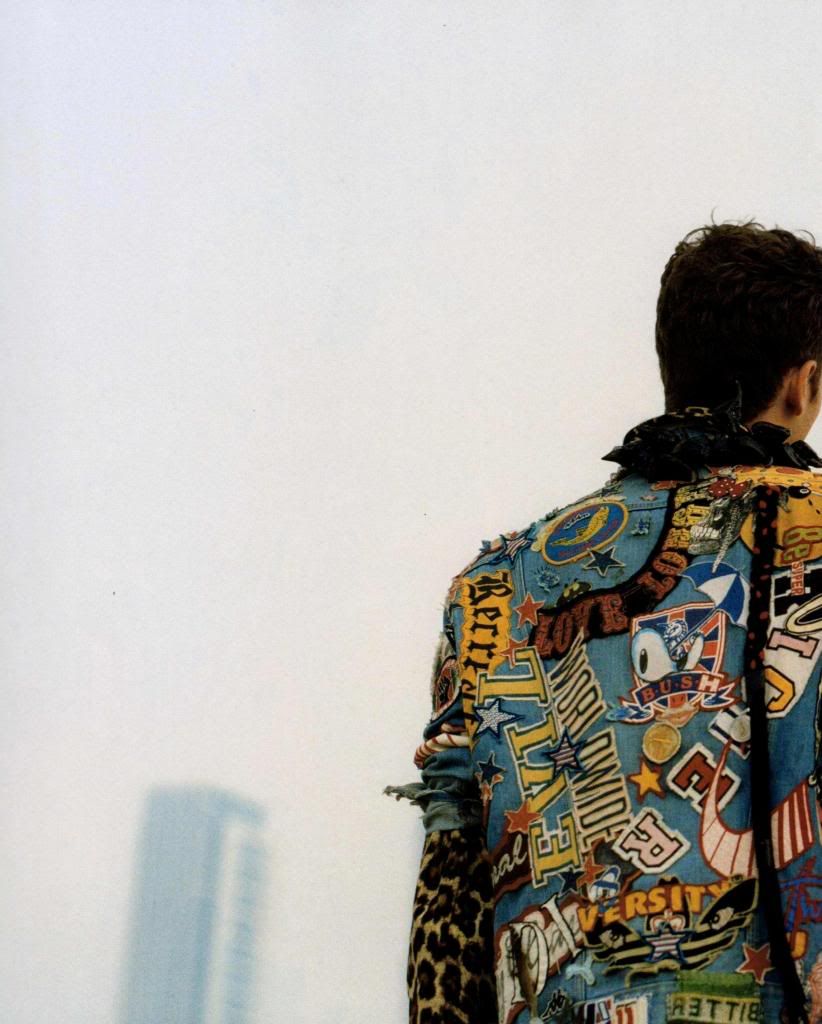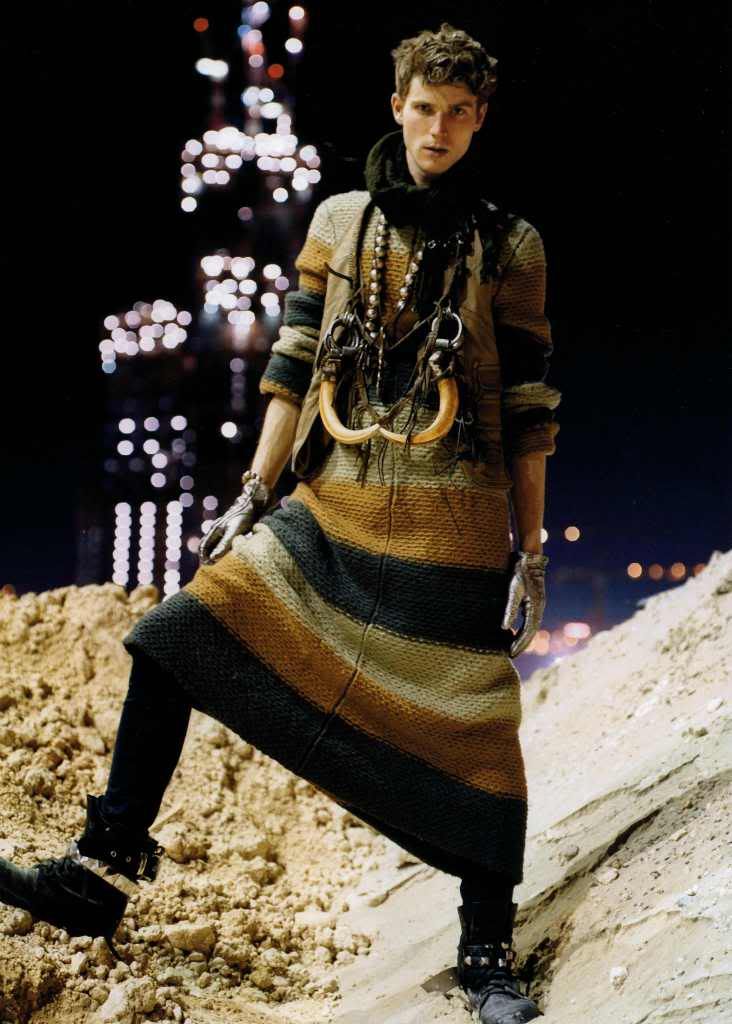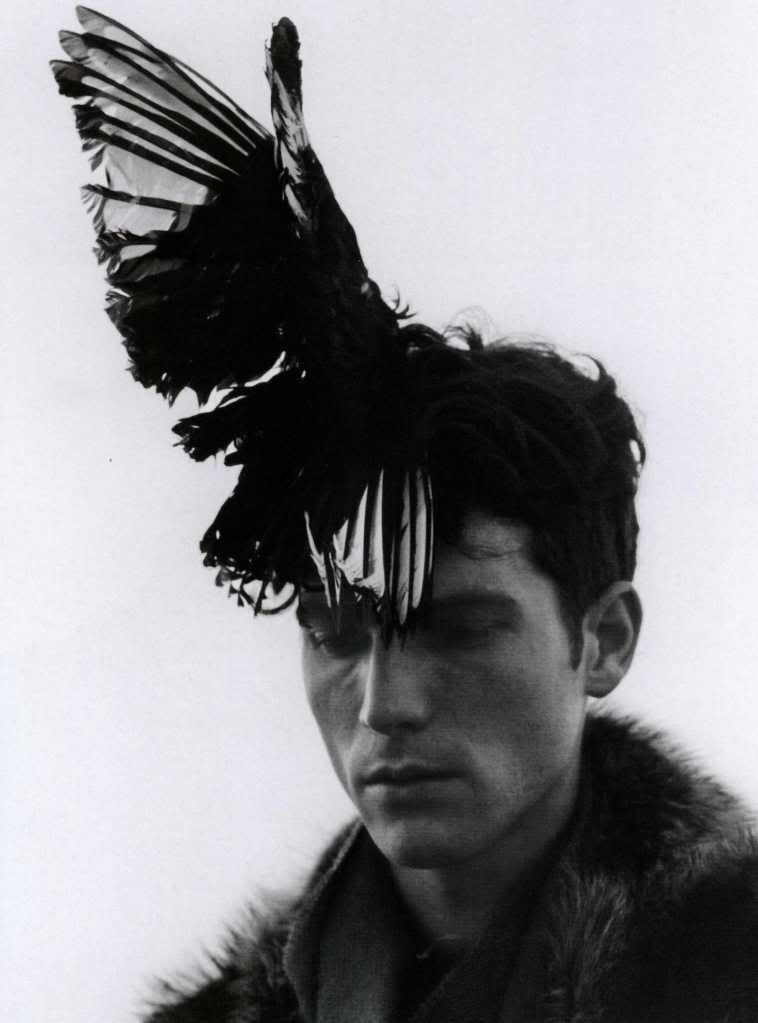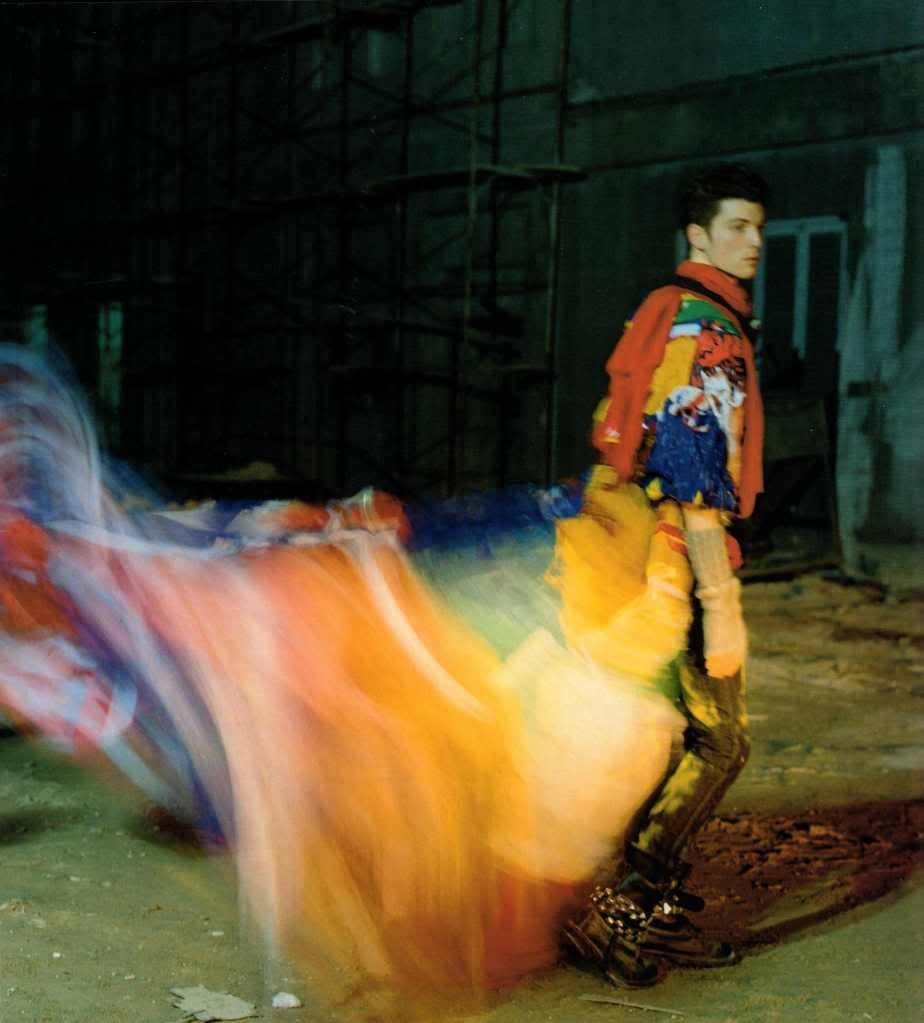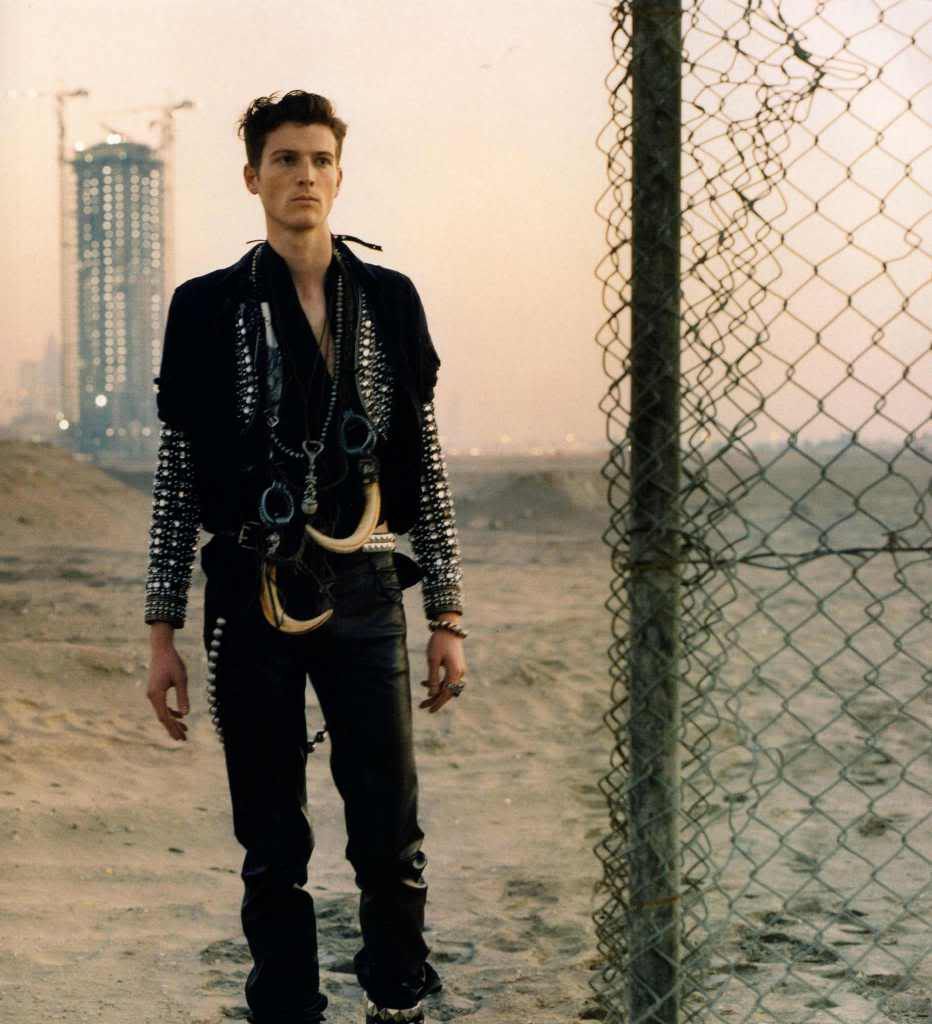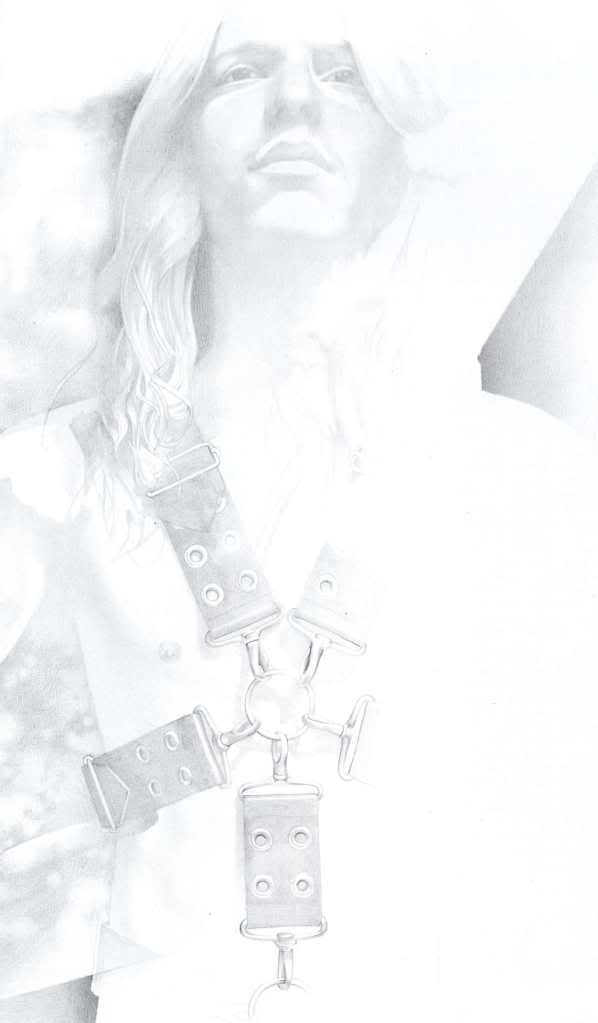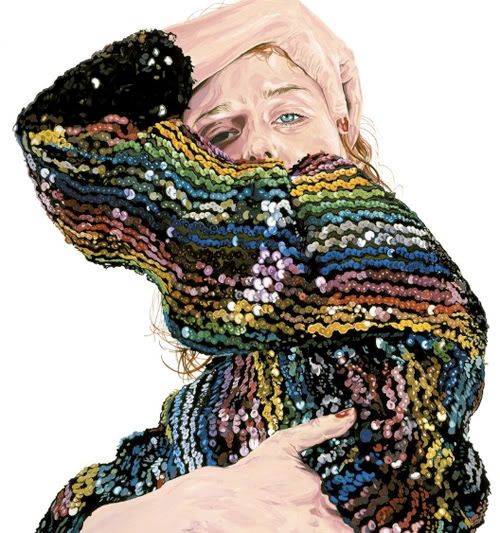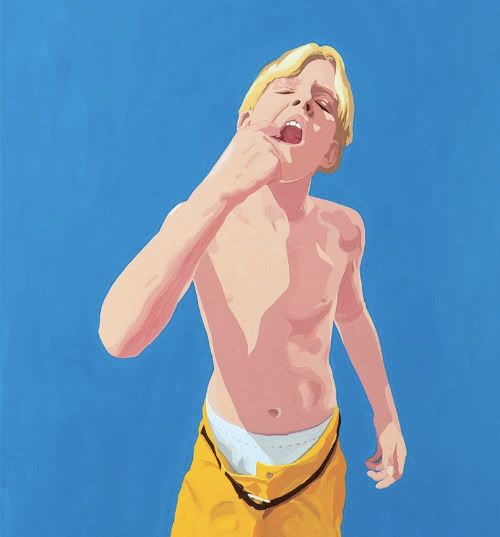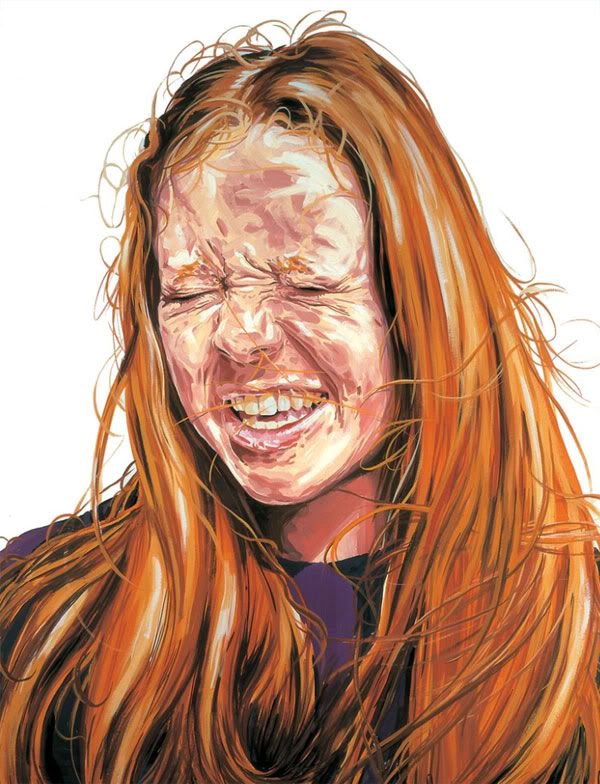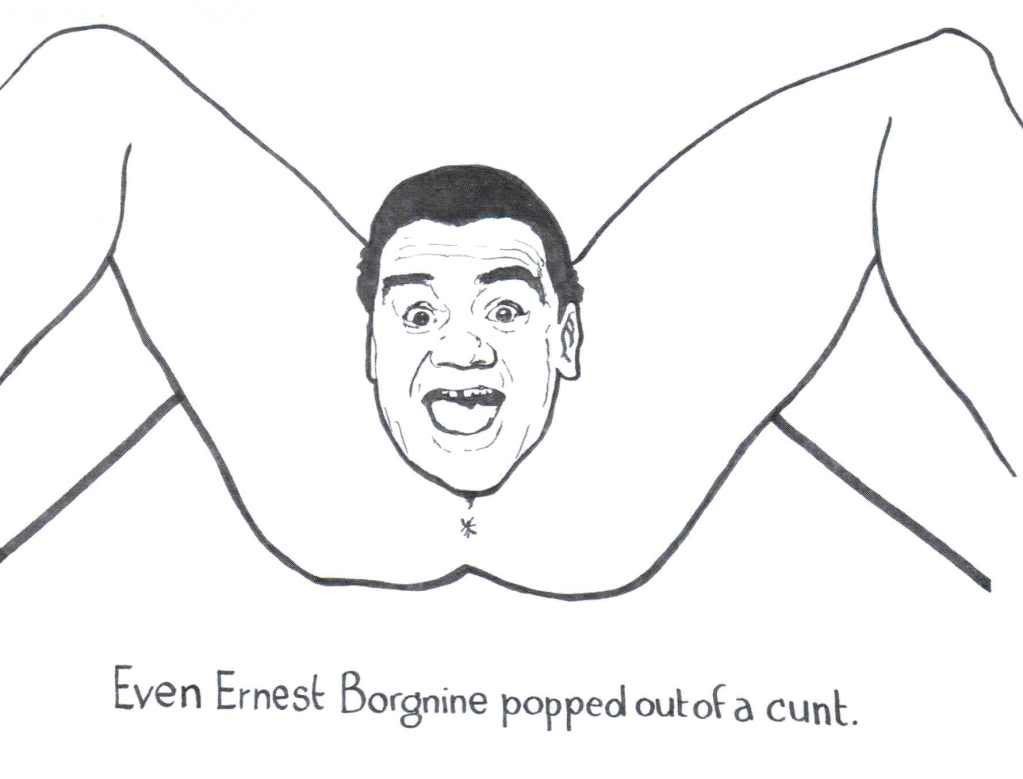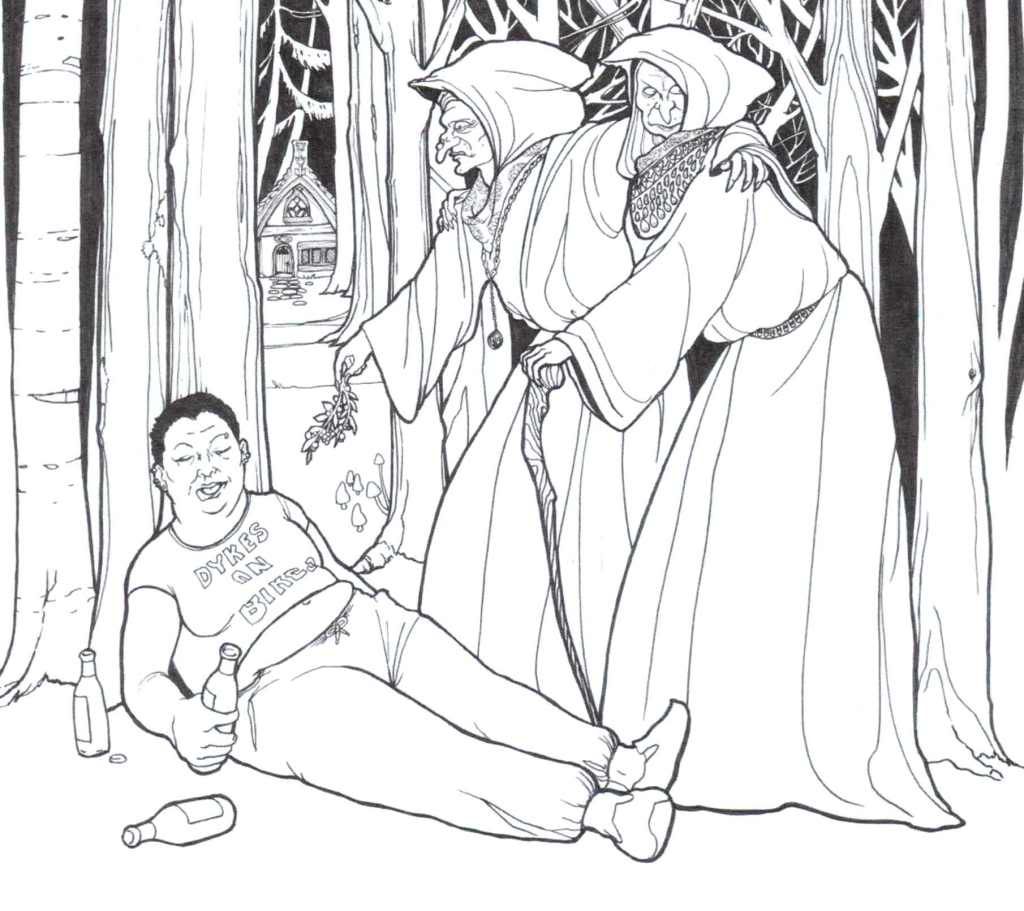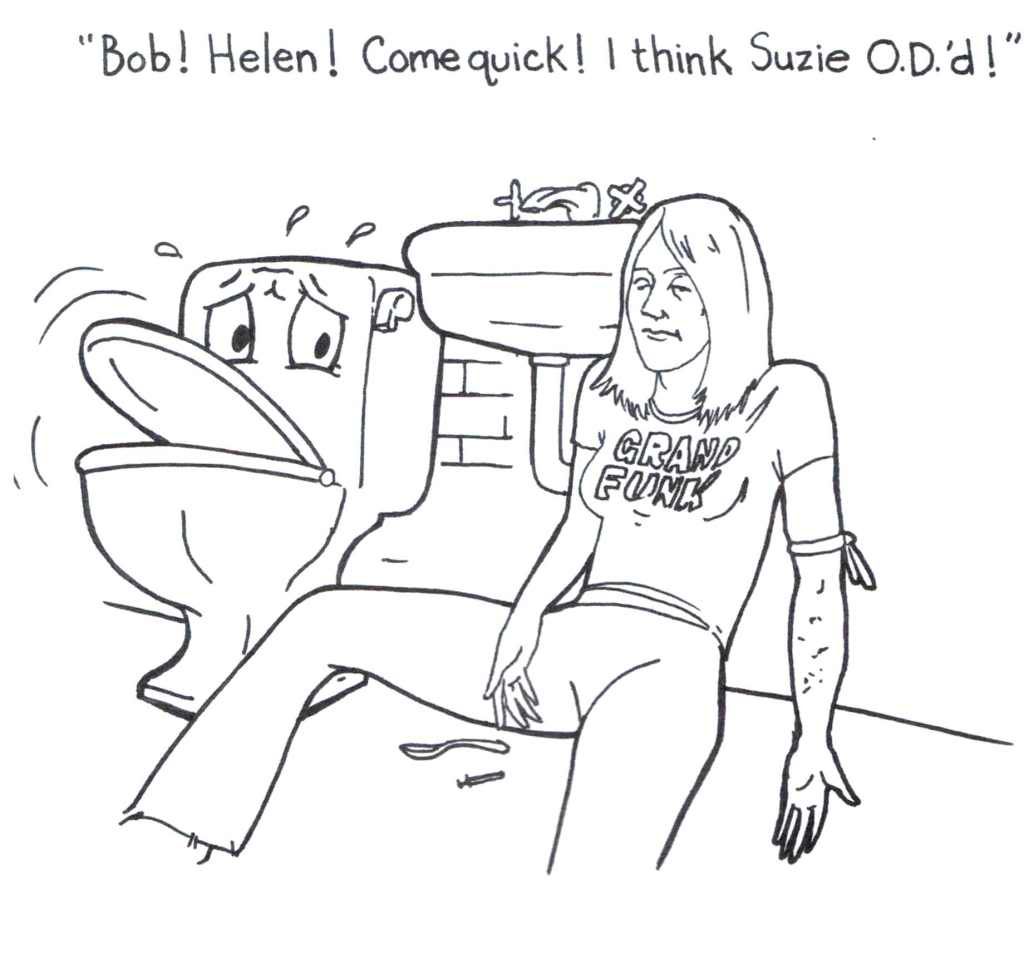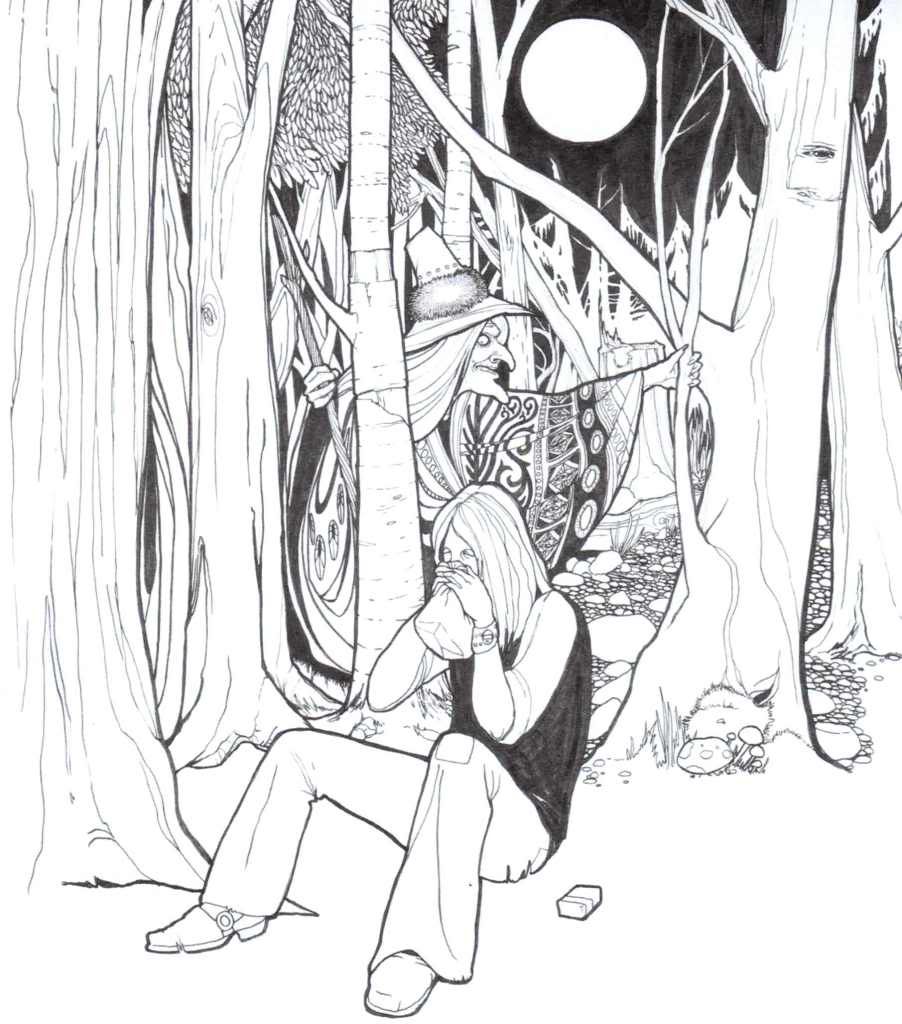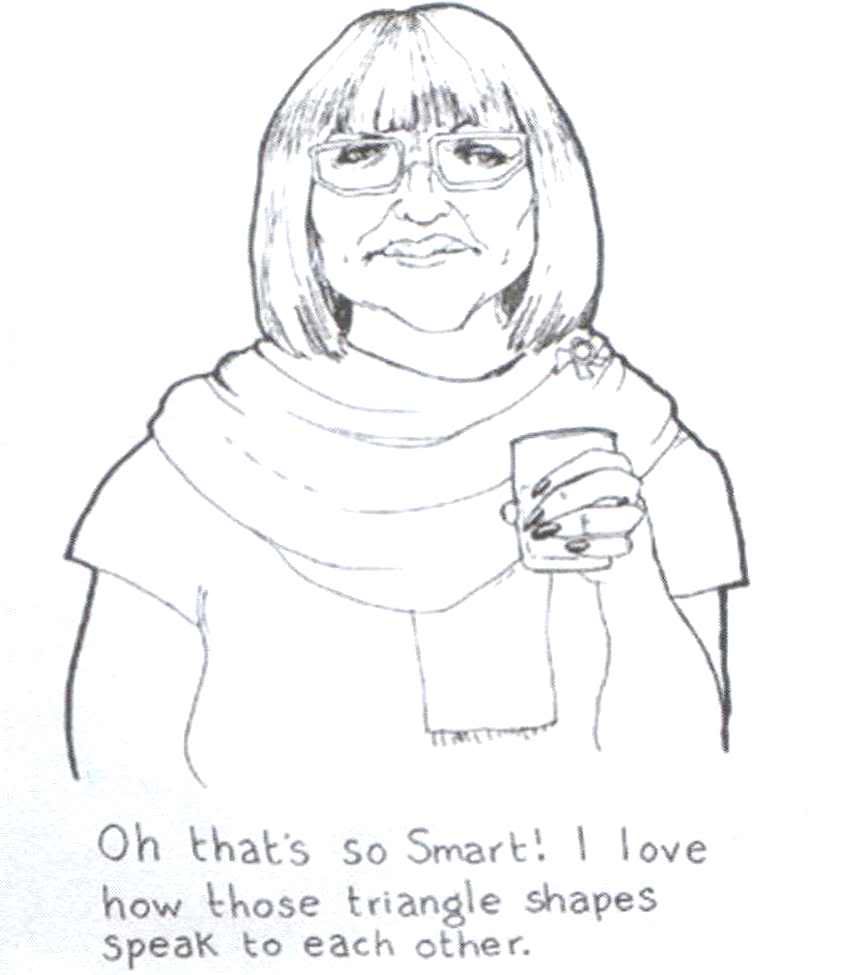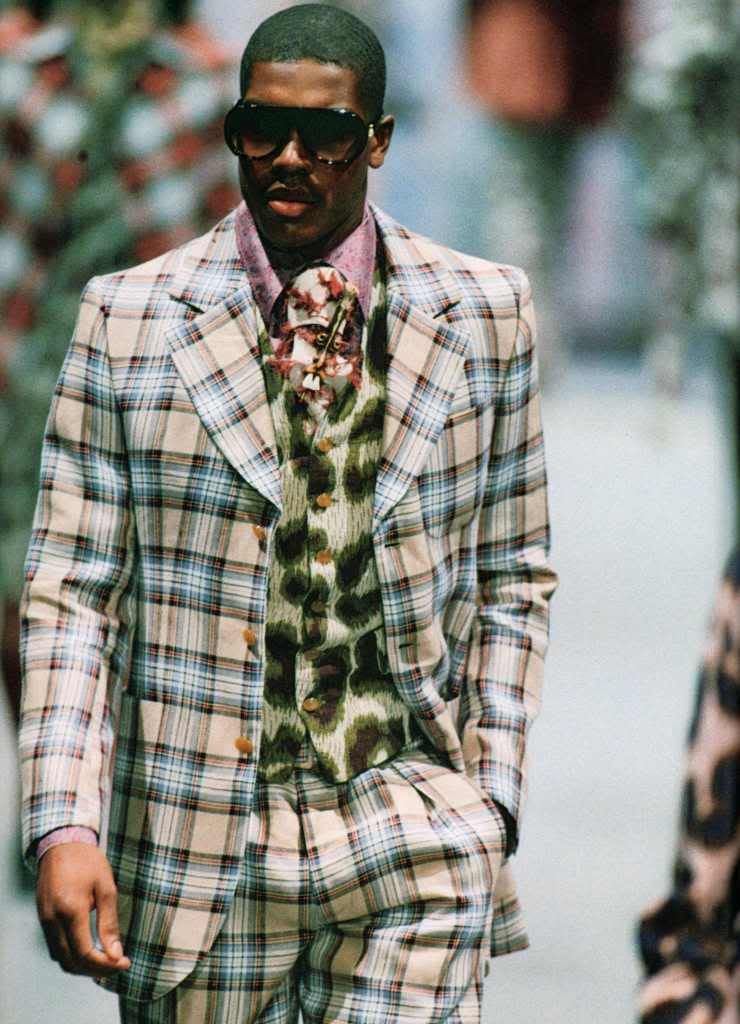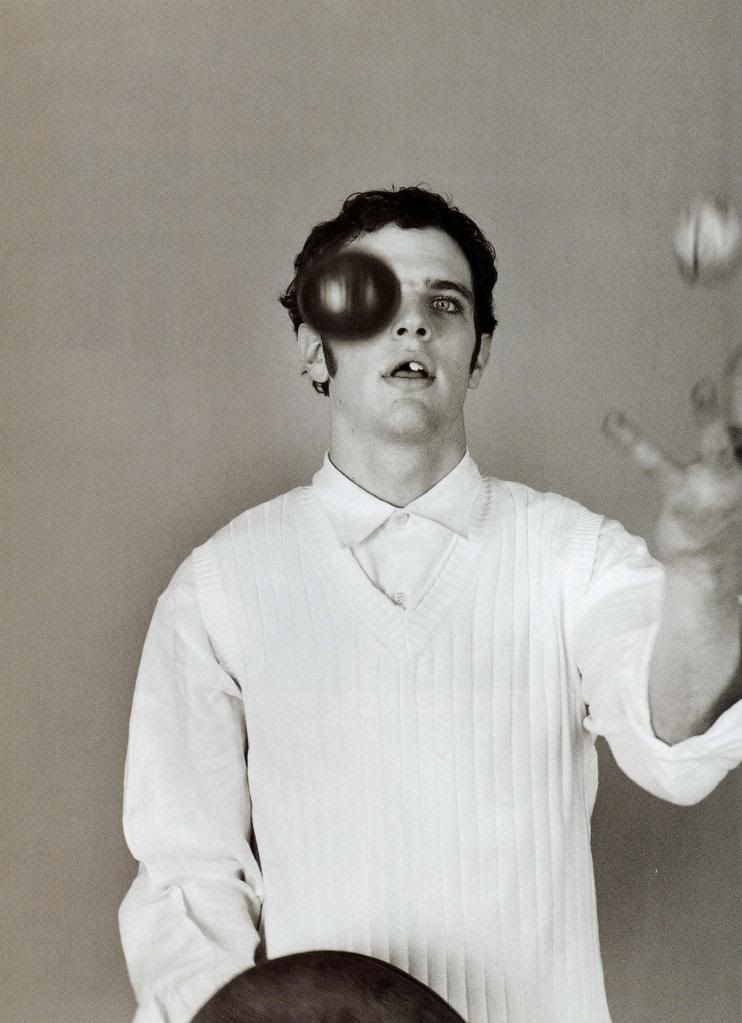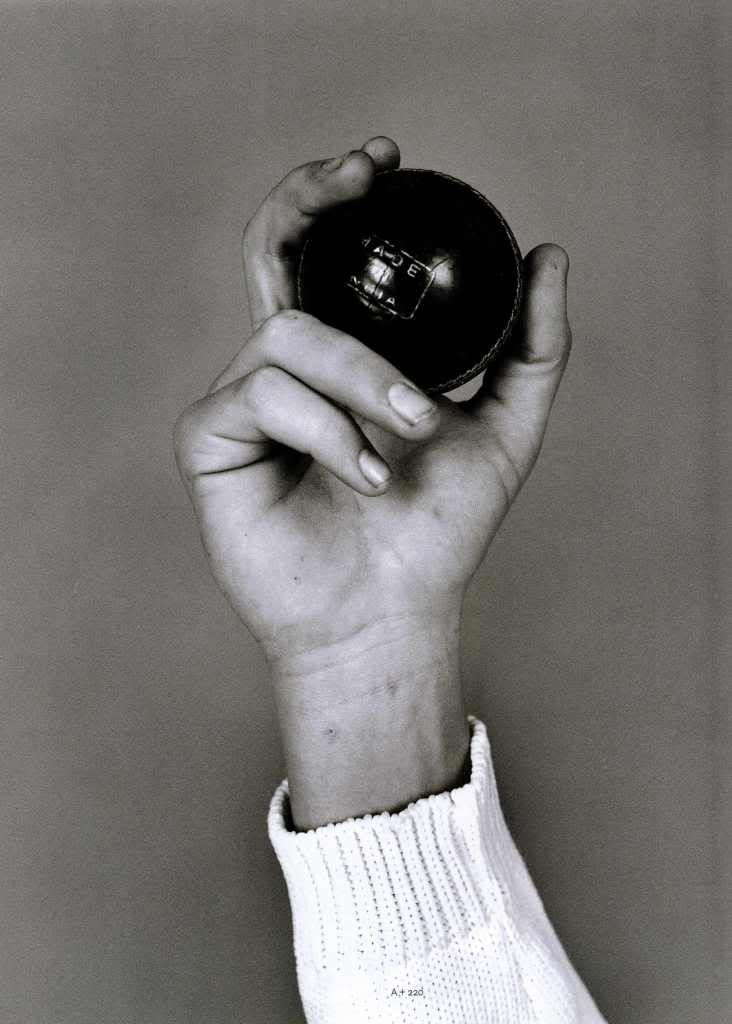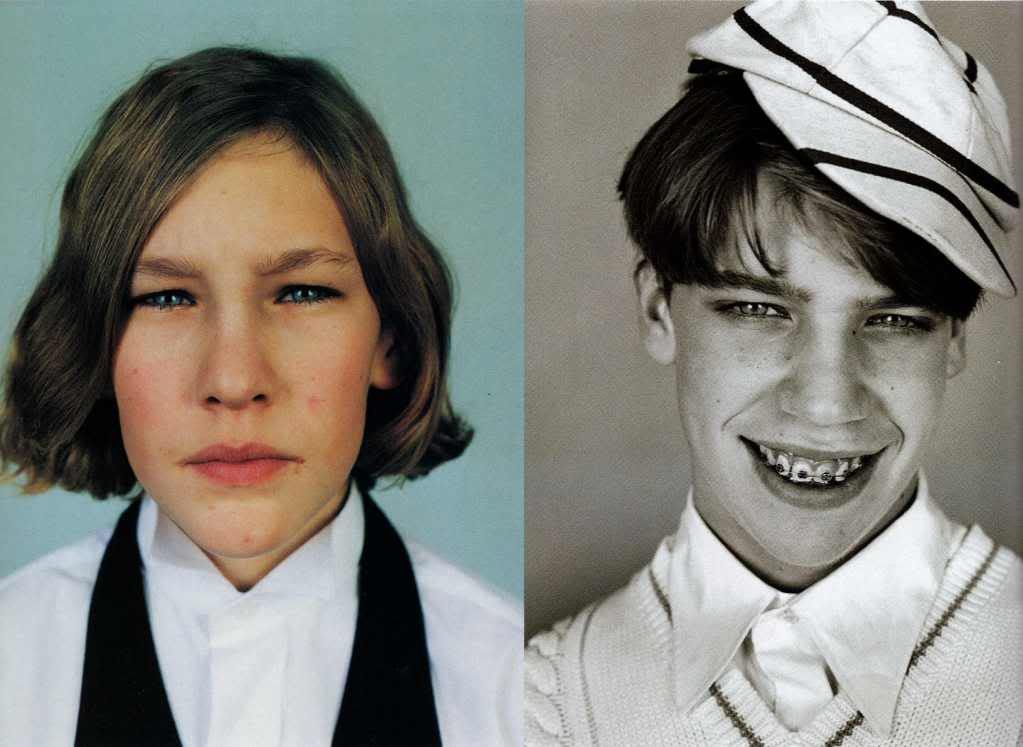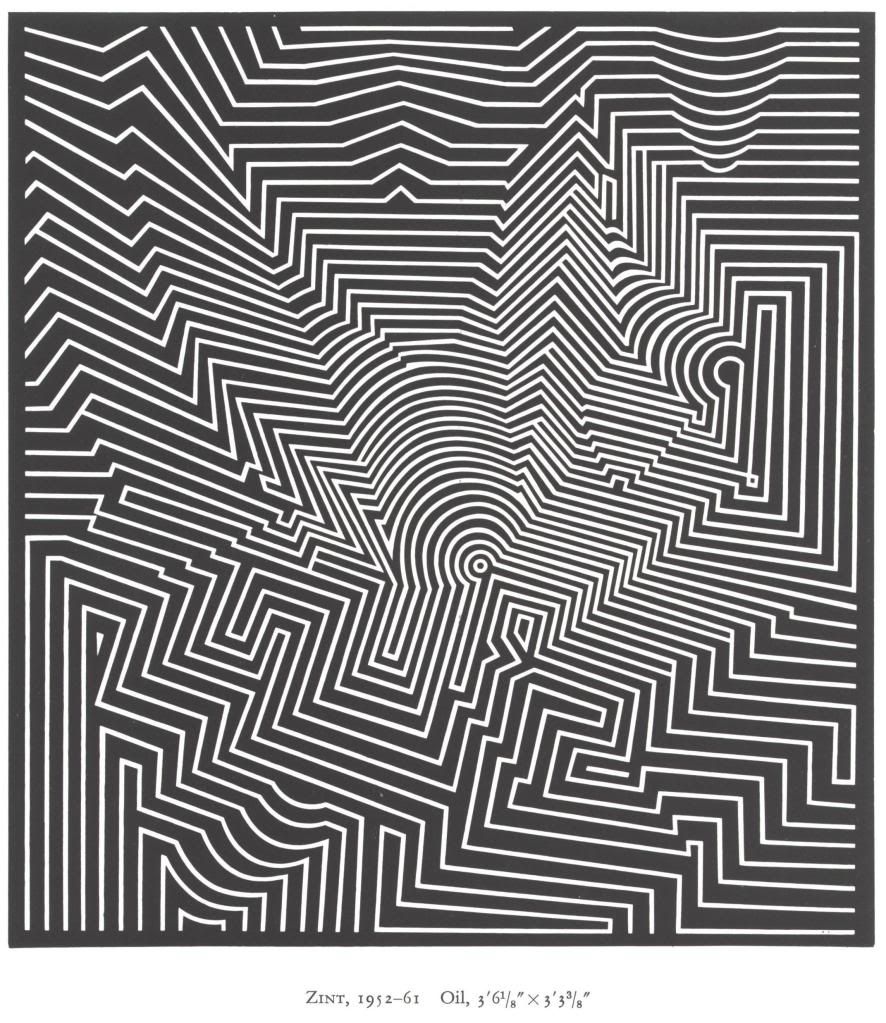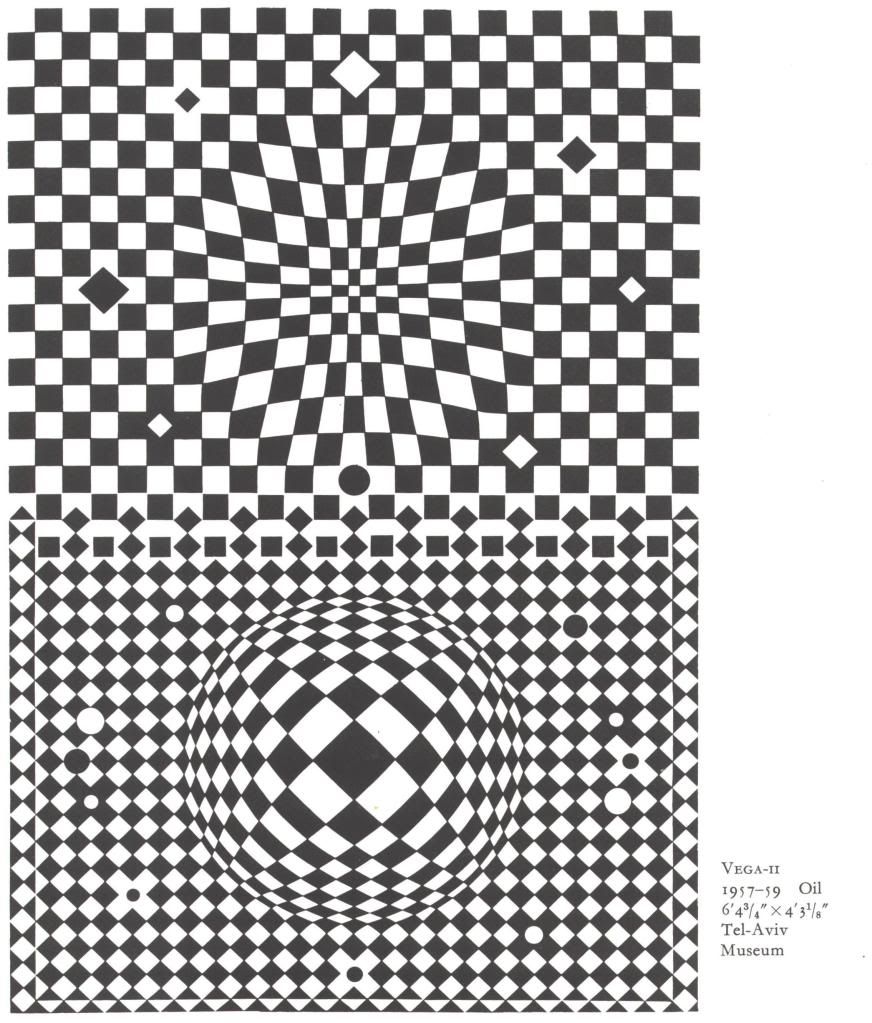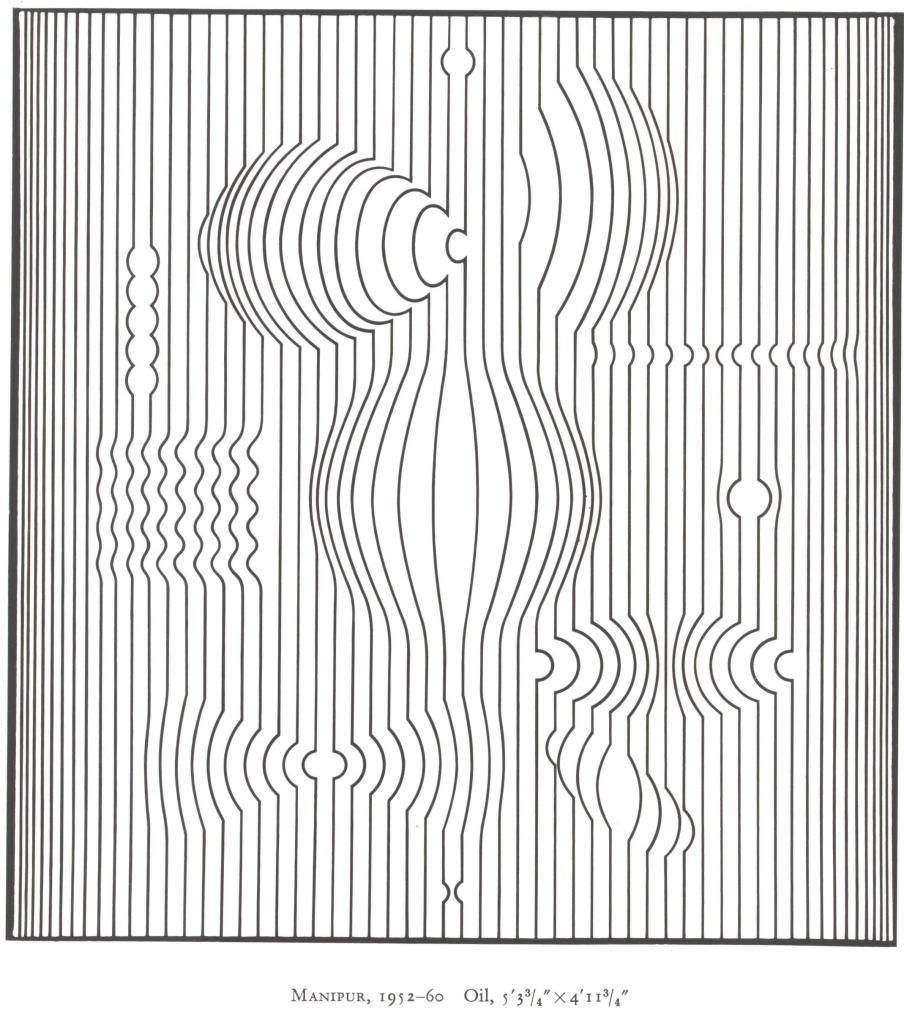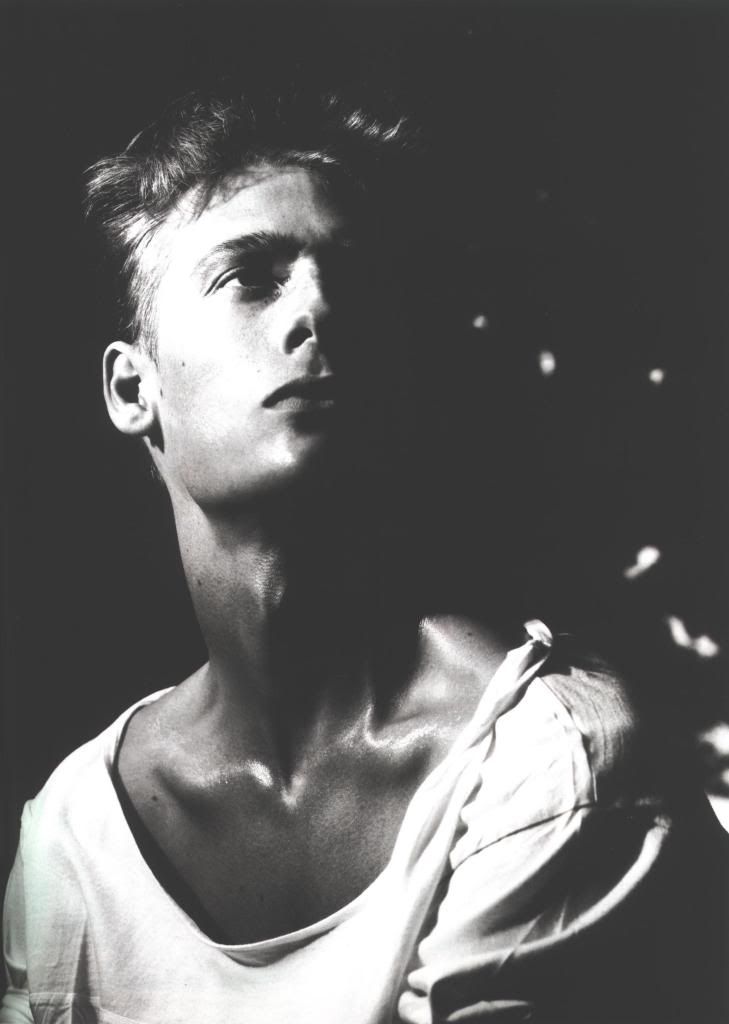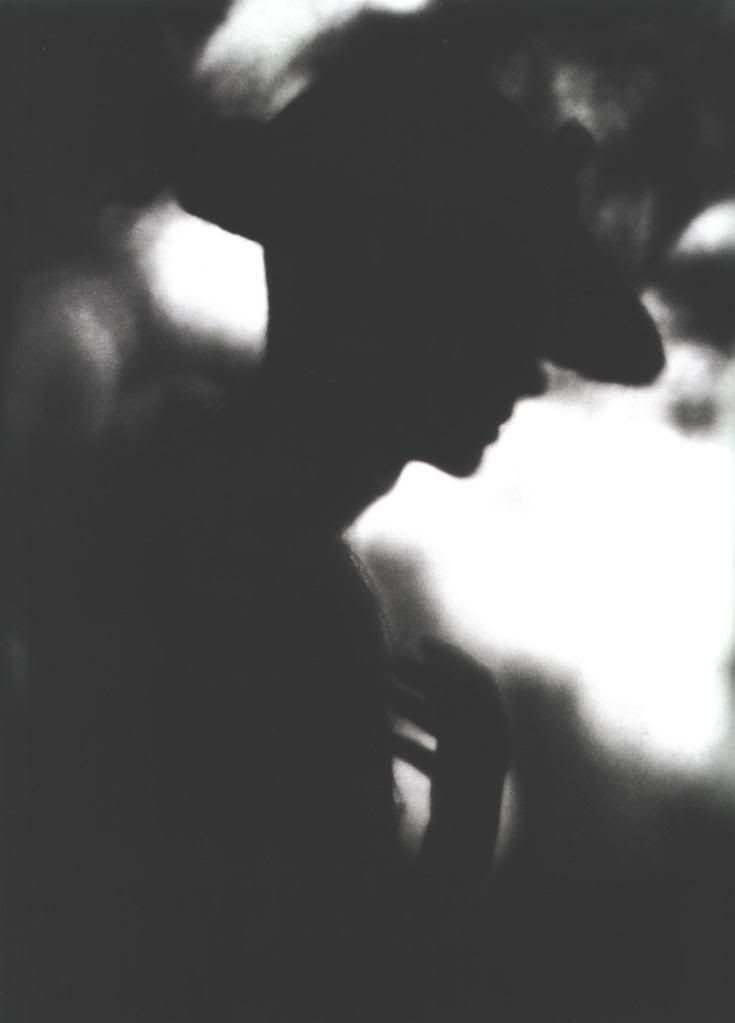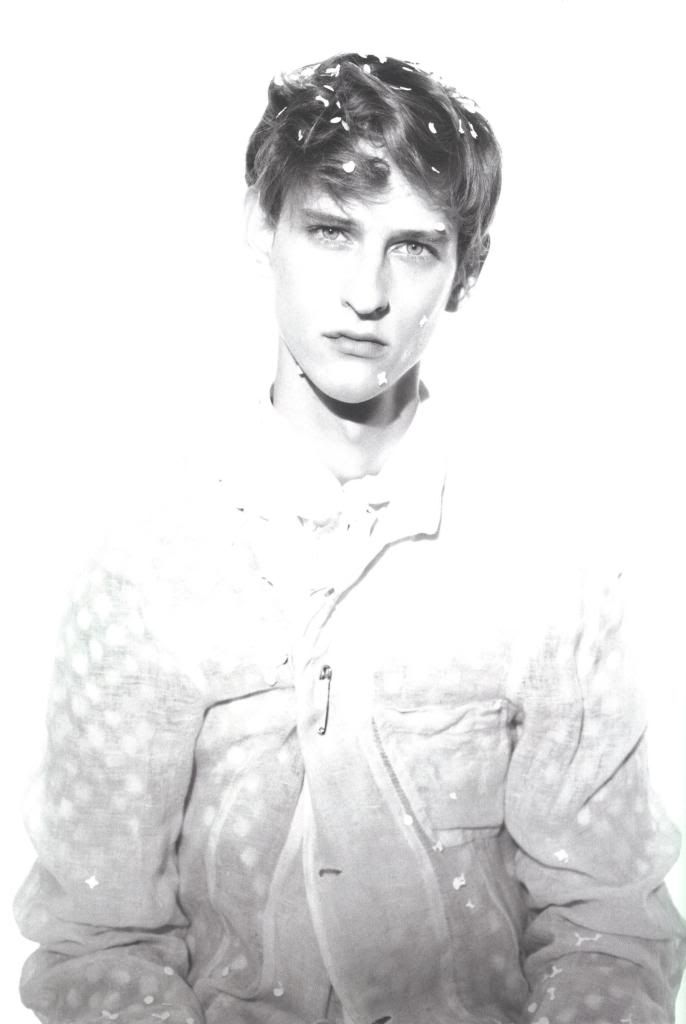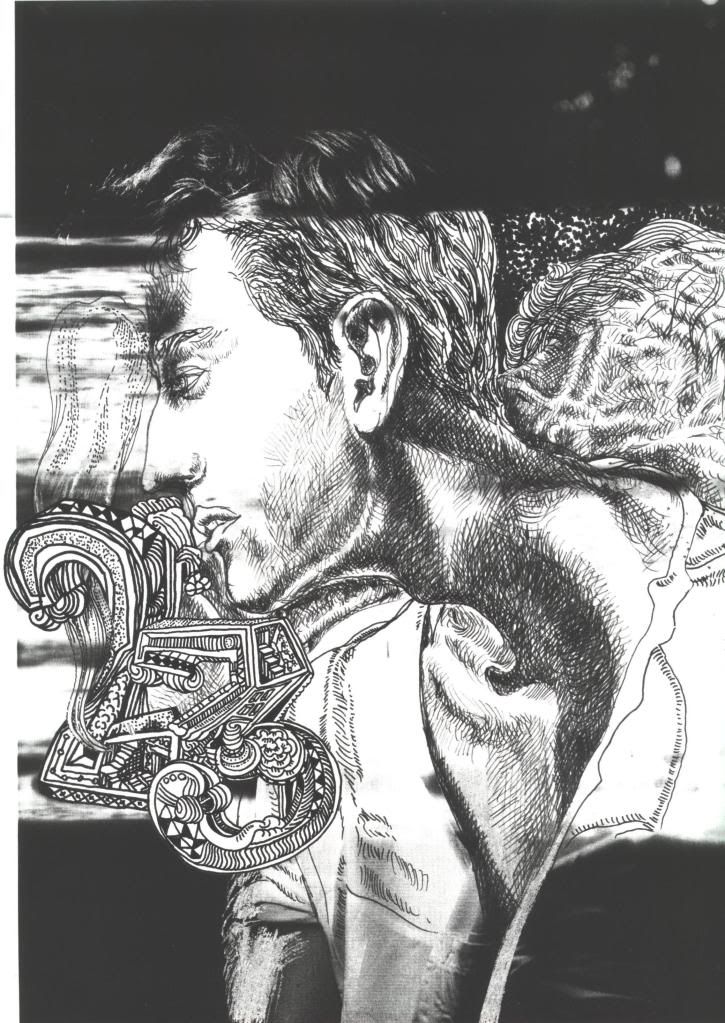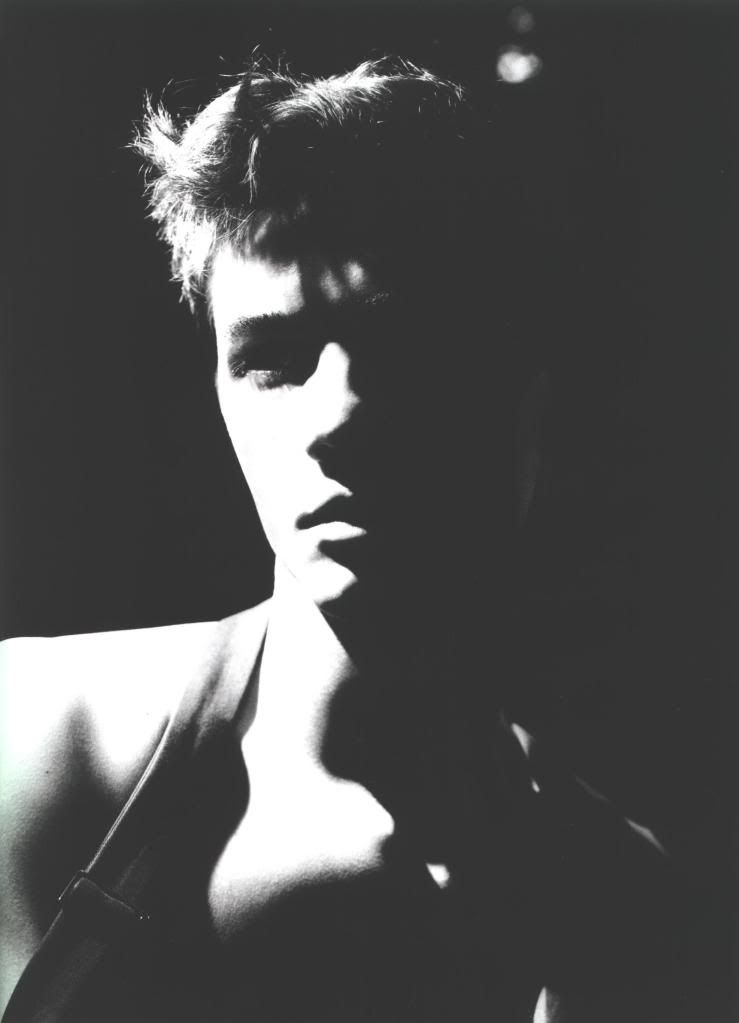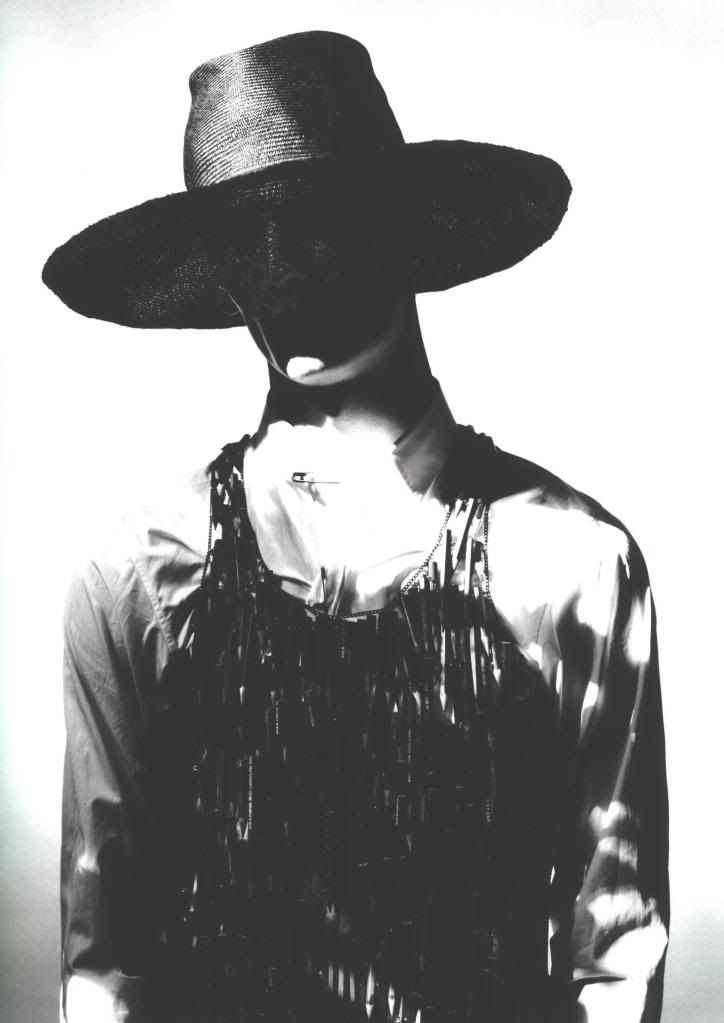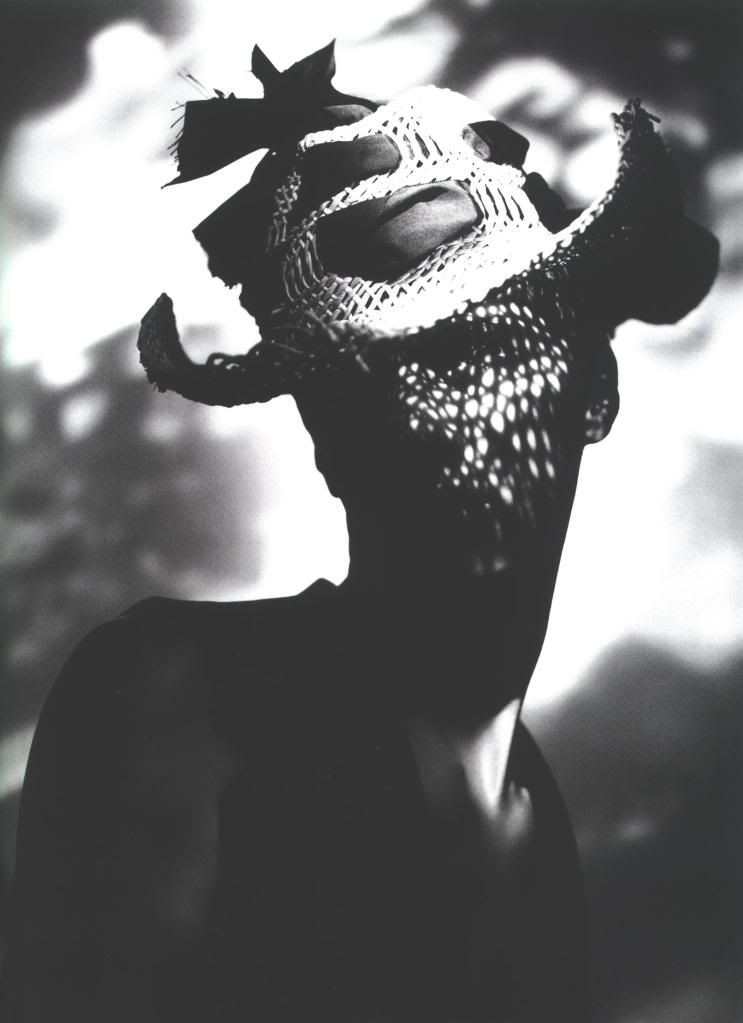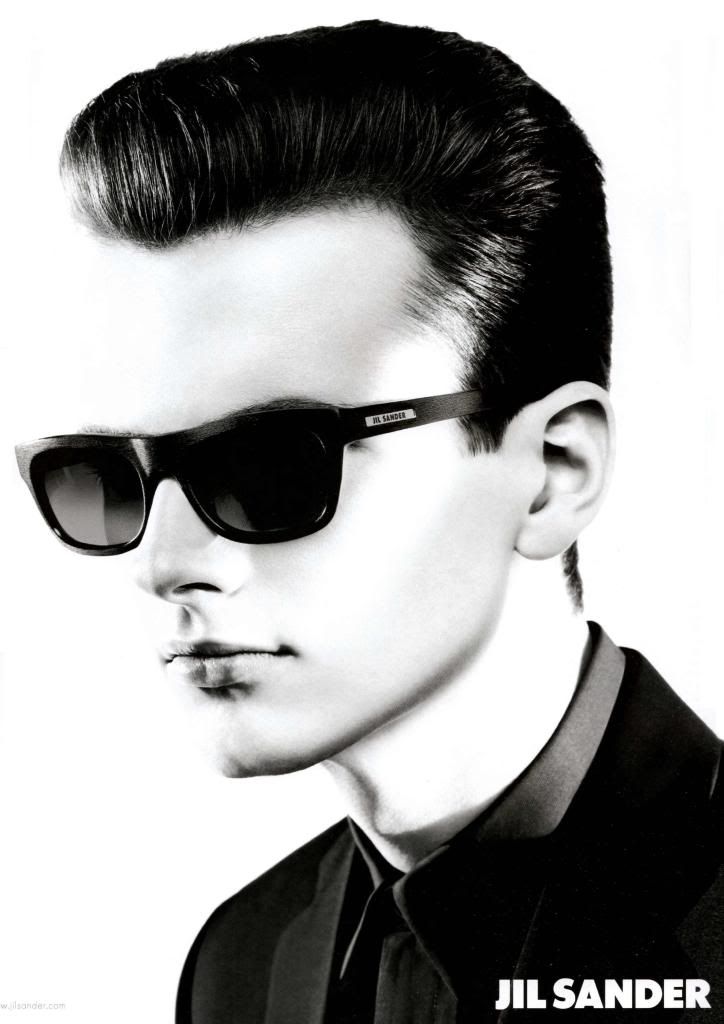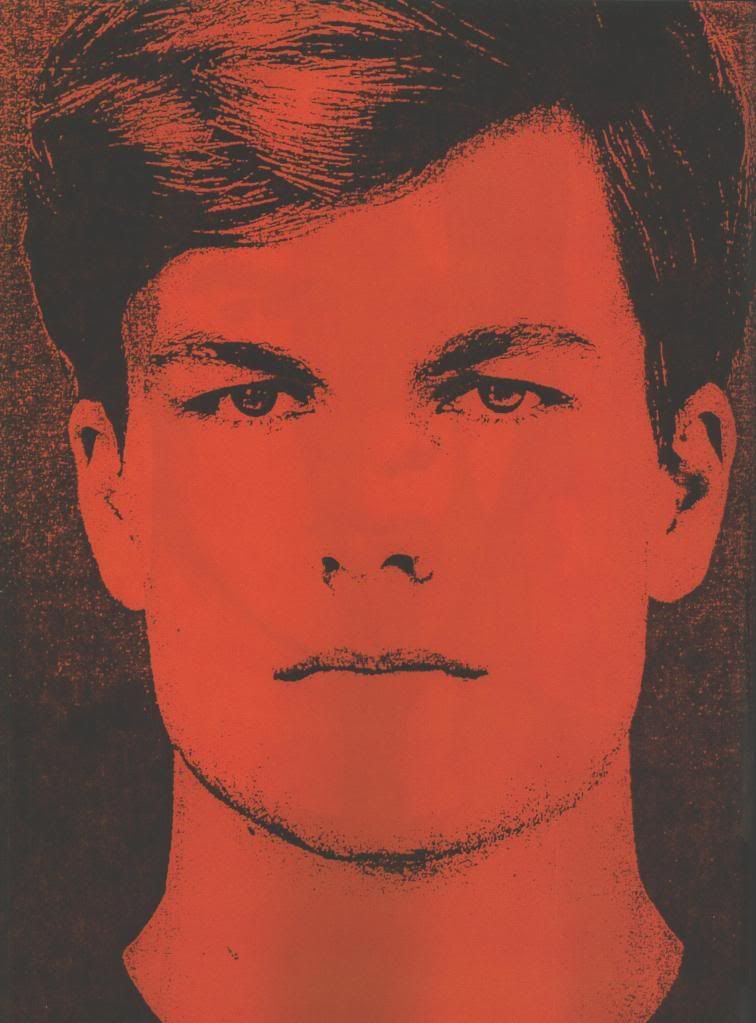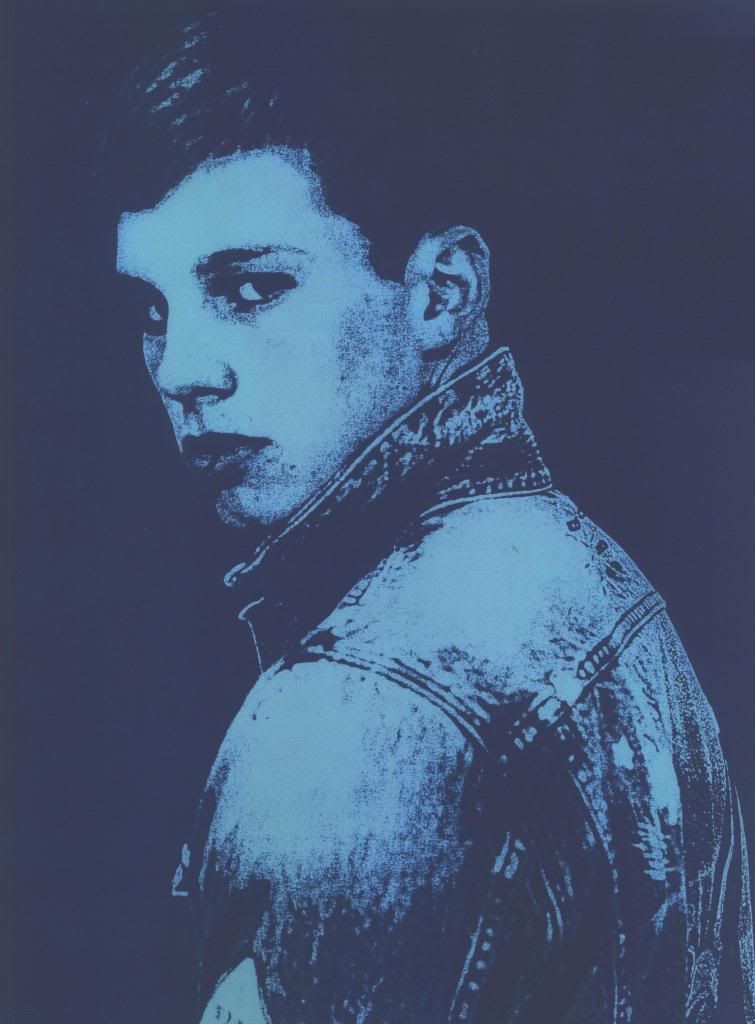The Big Pink Question (an essay)
…or “Getting sidetracked just long enough to trash Psychocandy”
NME bands blah blah hype blah blah Oasis blah blah blah not very good.
Of course, The Big Pink aren’t a classic NME band. They are derivative enough, but not imitative enough. They have all the anthems the NME adores, but none of the universality (or the wannabe working class credentials). Their personal stories have all the drama, but it’s also all a little too “real”. And they’re just not well dressed enough. Coincidentally, like NME hype-victims The Horrors (or, more specifically, The Horrors 2: This Time We Write Whole Songs), The Big Pink mix electro and krautrock hooks with nearly plagiarized noise-rock and shoegaze. Is this part of a mainstream shoegaze resurgence on par with 2005’s NME fuelled Neo-Wave movement or 200?’s NME-coined WTF-was-that Nu-Rave disaster?
I really hope not.
One respect in which The Big Pink win out over their influences (specifically My Bloody Valentine and The Jesus and Mary Chain) is in the way they fully embrace their pop side. My Bloody Valentine would be perfectly capable of writing a sugary dance hit like “Dominoes” but just wouldn’t. With Psychocandy, the Chain had up their sleeves a handful of potential pop hits (that mixed metaphor only works if you imagine them with really long sleeves, covering their hands), opener Just Like Honey alone had a hook as wide and embracing as The Thompson Twins’ Hold Me Now- yet they decided to dwell in indie territory, constantly labeled an art band.
One of the reasons for this seems to be that the Chain appeared to actually believe they were avant-garde, namedropping and being compared to The Velvet Underground at every turn. Ignoring for one moment that the only similarity the Scottish duo had with the forefathers of alternative rock was an interest in ear-bleeding noise- with none of the artistic and literary qualifications of VU, one is still left with the fact that, by 1985, everyone namedropped the Velvets. The kicks in Psychocandy are the purely aesthetic, cheap noise-pop moments, and the rest, lacking any real artistic intention, is just slush.
In the face of years of false critical and popular praise, I have to let it be said that Psychocandy is a repetitive (Just like Honey and Sowing Seeds are the same song), underwritten (The Living End doesn’t know the difference between exploiting a hook and running it into the ground) and overlong mess of an album, with a handful of good pop songs.
Sadly, A Brief History of Love, The Big Pink’s soon-to-be-released debut LP is almost exactly the same kind of mess. Opener Crystal Visions is certainly a piece of deep-fried-space-gold, with a big, noisy, anthemic group-hug of a chorus and sequin-draped glam lyrics to boot. But the group just don’t have enough ideas, or enough vision, to carry them through a full-length. It is still, however, more than worth a listen, thanks to tracks like the aching lament Love in vain.
So, what have we learnt from all this? Psychocandy isn’t very good, A Brief History of Love is decent, but can these two boy-men who call themselves The Big Pink please be the last mainstream NME-neo-nu-gaze-revival band before this gets out of hand? Cheers. These bands fall like Domino-o-oes...
NME bands blah blah hype blah blah Oasis blah blah blah not very good.
Of course, The Big Pink aren’t a classic NME band. They are derivative enough, but not imitative enough. They have all the anthems the NME adores, but none of the universality (or the wannabe working class credentials). Their personal stories have all the drama, but it’s also all a little too “real”. And they’re just not well dressed enough. Coincidentally, like NME hype-victims The Horrors (or, more specifically, The Horrors 2: This Time We Write Whole Songs), The Big Pink mix electro and krautrock hooks with nearly plagiarized noise-rock and shoegaze. Is this part of a mainstream shoegaze resurgence on par with 2005’s NME fuelled Neo-Wave movement or 200?’s NME-coined WTF-was-that Nu-Rave disaster?
I really hope not.
One respect in which The Big Pink win out over their influences (specifically My Bloody Valentine and The Jesus and Mary Chain) is in the way they fully embrace their pop side. My Bloody Valentine would be perfectly capable of writing a sugary dance hit like “Dominoes” but just wouldn’t. With Psychocandy, the Chain had up their sleeves a handful of potential pop hits (that mixed metaphor only works if you imagine them with really long sleeves, covering their hands), opener Just Like Honey alone had a hook as wide and embracing as The Thompson Twins’ Hold Me Now- yet they decided to dwell in indie territory, constantly labeled an art band.
One of the reasons for this seems to be that the Chain appeared to actually believe they were avant-garde, namedropping and being compared to The Velvet Underground at every turn. Ignoring for one moment that the only similarity the Scottish duo had with the forefathers of alternative rock was an interest in ear-bleeding noise- with none of the artistic and literary qualifications of VU, one is still left with the fact that, by 1985, everyone namedropped the Velvets. The kicks in Psychocandy are the purely aesthetic, cheap noise-pop moments, and the rest, lacking any real artistic intention, is just slush.
In the face of years of false critical and popular praise, I have to let it be said that Psychocandy is a repetitive (Just like Honey and Sowing Seeds are the same song), underwritten (The Living End doesn’t know the difference between exploiting a hook and running it into the ground) and overlong mess of an album, with a handful of good pop songs.
Sadly, A Brief History of Love, The Big Pink’s soon-to-be-released debut LP is almost exactly the same kind of mess. Opener Crystal Visions is certainly a piece of deep-fried-space-gold, with a big, noisy, anthemic group-hug of a chorus and sequin-draped glam lyrics to boot. But the group just don’t have enough ideas, or enough vision, to carry them through a full-length. It is still, however, more than worth a listen, thanks to tracks like the aching lament Love in vain.
So, what have we learnt from all this? Psychocandy isn’t very good, A Brief History of Love is decent, but can these two boy-men who call themselves The Big Pink please be the last mainstream NME-neo-nu-gaze-revival band before this gets out of hand? Cheers. These bands fall like Domino-o-oes...
Posted by
Damien
at
1:16 PM
Subscribe to:
Posts (Atom)

